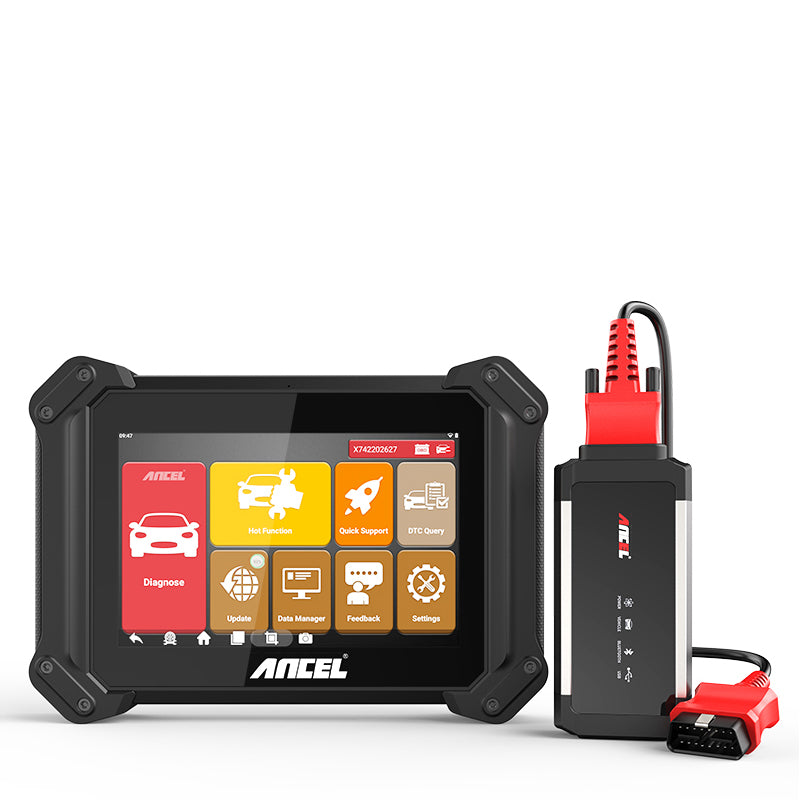P0300: Random/Multiple Cylinder Misfire Detected
This issue is critical and should be addressed as soon as possible. While it may seem like just another check engine light, engine misfires can lead to more severe problems if not fixed promptly.
Symptoms of a P0300 Code
When your vehicle triggers a P0300 code, there are several symptoms you might notice:
- Check Engine Light: The most obvious symptom is the illumination of the check engine light.
- Engine Performance Issues: You might experience hesitation, stalling, or jerking while driving.
- Rough Idle: Your engine may run rough when idling, causing vibrations.
- Poor Fuel Economy: Misfires mean that your engine is not running efficiently.
- Failed Emissions Test: A vehicle with a P0300 code may fail due to increased emissions.
Common Causes of the P0300 Code
The P0300 code can be caused by a variety of issues, making it somewhat challenging to diagnose. Here are the most common reasons behind this code:
- Ignition System Problems: Faulty spark plugs, worn ignition coils, or a failing distributor cap.
- Fuel Delivery Issues: A weak fuel pump, clogged fuel injectors, or a blocked fuel filter.
- Vacuum Leaks: A leak in the intake manifold or vacuum hoses can introduce unmetered air.
- Sensor Failures: The MAF sensor, crankshaft position sensor, or camshaft position sensor could be faulty.
- Engine Mechanical Issues: Problems like worn-out valve seals or a stretched timing chain.
- Exhaust Issues: A clogged catalytic converter or faulty exhaust gas recirculation valve.
- Computer Problems: In rare cases, the ECM itself could be malfunctioning.
How to Diagnose the P0300 Code
Diagnosing a P0300 code can be tricky, as it requires you to consider multiple potential causes. Here’s a step-by-step guide to help you get started:
- Scan for Diagnostic Trouble Codes (DTCs).
- Inspect the Ignition System.
- Check Fuel Pressure.
- Look for Vacuum Leaks.
- Test the Sensors.
- Examine the Exhaust System.
- Inspect the Timing.
How to Fix the P0300 Code
Once you’ve identified the root cause of the P0300 code, it’s time to take action. Here are some common fixes based on the diagnostics:
- Replace Spark Plugs and Ignition Coils: If worn spark plugs or faulty ignition coils are to blame, replacing these components should resolve the misfires.
- Fix Vacuum Leaks: If you find a vacuum leak, replace the damaged hose or gasket.
- Clean or Replace Fuel Injectors: Cleaning or replacing the injectors can resolve the issue.
- Replace the MAF or Crankshaft Position Sensor: If sensor data is incorrect, replacing the faulty sensor should fix the problem.
- Address Engine Mechanical Issues: If your engine has a blown head gasket or a worn timing chain, these components will need professional repair.
Don’t Ignore a P0300 Code
The P0300 trouble code is more than just a check engine light—it’s a sign that your engine is experiencing misfires, which can lead to significant problems if left unchecked. By addressing the P0300 code promptly, you can prevent more costly repairs and keep your vehicle running smoothly.


